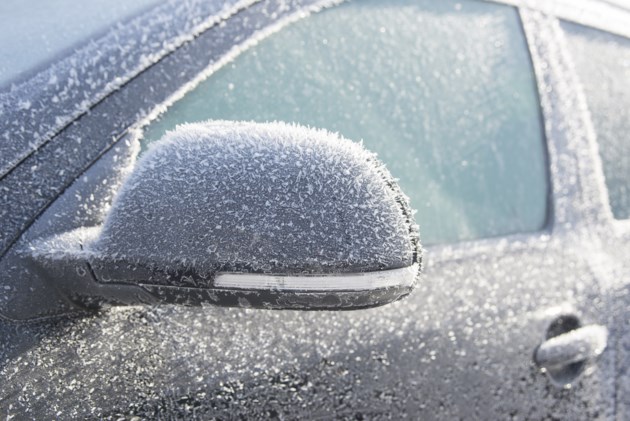That's true, Ray.... Back in '69 VW was recommending Castrol 20W-50 in "Moderate" climates; roughly -8C (15F) to 28C (78F).
If winter temps dropped down to -15C (10F) they recommended 15W-40/50 and 10W-40 for -18C (0F). (all taken from my 1969 VW service manual.
BTW, VW recommended 5W-20 for "Artic" conditions (temps never get above -10C/+15F), like that Beetle shuttling around McMurdo Sound at the South Pole in their commercials or you guys in Canada a few weeks back.)
Since that hey-day of Automotive history, Castrol has (sorta) kept up with evolving engine metallurgical technology and tweeked their oil formulas more for modern cars, leaving us air-cooled folks a bit in the dust, so to speak.
Those recommendations above were for the VW 1,600cc 65HP engine that, quite honestly, never really worked very hard or got hot unless you were hanging it all out there and interstate cruising at 80+mph for a long time (probably heading to the beach or back and forth to school or military obligations). It just wasn't that potent, compared to our 1915 - 2300cc engines putting out 2X - 3X+ that power.
But that's only part of the story. Later, the VW Type-4 oil system designer added (Bless his heart!) a spin-on oil filter right into the case, so he knew how important it was compared to that earlier, ridiculous sump strainer, but he put it in-line AFTER the oil pressure regulator. That means that the filter canister never sees oil pressure greater than about 80psi or so, even in cold weather. The thicker oil, causing oil pressure higher than that, gets re-routed directly back to the sump and the internal cooler/filter are protected until things warm up, the oil thins and the regulator directs more and more to the cooler/filter. I know....Wicked Cool, Right???
Al mentioned how the oil pressure determines how much oil gets to the internal cooler based on pressure, but what happens when we "Full Flow" a case to add an external cooler and filter? First, we block the normal outlet of the oil pump into the engine's oil gallery, then we take the oil right out of the pump at the cover and route it directly to the external filter, from there to the external cooler, then back to the engine and into the pressure regulator and THEN to the oiling system.
That means that with thicker oil (like 20W-50 ) and really cold temps (anything under 0C/32F), when you first start it up the pump is pumping something like honey that can be well over 150psi (more like well over 200psi in some cases) which can over-pressurize the filter canister and cause a rupture, if you're lucky. If you're NOT lucky and have one of those "HD Racing" filters the canister will distort (balloon) but not rupture and the pressure causes the external cooler to rupture, instead.
Or, let's say you have a racing filter with the "over-pressure protection". That is a pressure relief valve inside of the filter that bypasses the filter when the incoming pressure gets too high. That protects the filter (and the engine, somewhat), but since the oil has no other place to go it sends the excess pressure right into the external cooler causing a rupture and THAT gets expensive pretty quickly.
So what are the possible solutions??
1. Migrate from Canada and join all your fellow Canadian ex-pats down where Wolfgang and Panhandle Bob live to drive year-round (except during those pesky Hurricanes) in tropical temps while singing, "We're havin' a heat wave..." This also requires that you always wear flip-flops and some hideous faux-Hawaiian shirt or shorts, year-round.
2. If you remain in a cold climate, don't start your engine below 5C/40F. If you do, don't rev it for a couple of minutes and ignore #1.
3. Get a pressure regulating oil pump cover to limit system pressure to 125 psi or less and ignore #1 - 2.
4. Run an overall thinner oil, like a straight 30 or 40 weight or just use a 10W-40 and go have a "Bahama Mama" in the back yard while ignoring #1 - 2 (but get the pressure regulating pump cover anyway).
"Now a days it seems that thinner is in and not just around the midriff. "
My Irish grandmother used to say, of people challenged by their midriffs;
"They're very tall around."
See? Wasn't it worth that long read to get to the punchline at the end?






